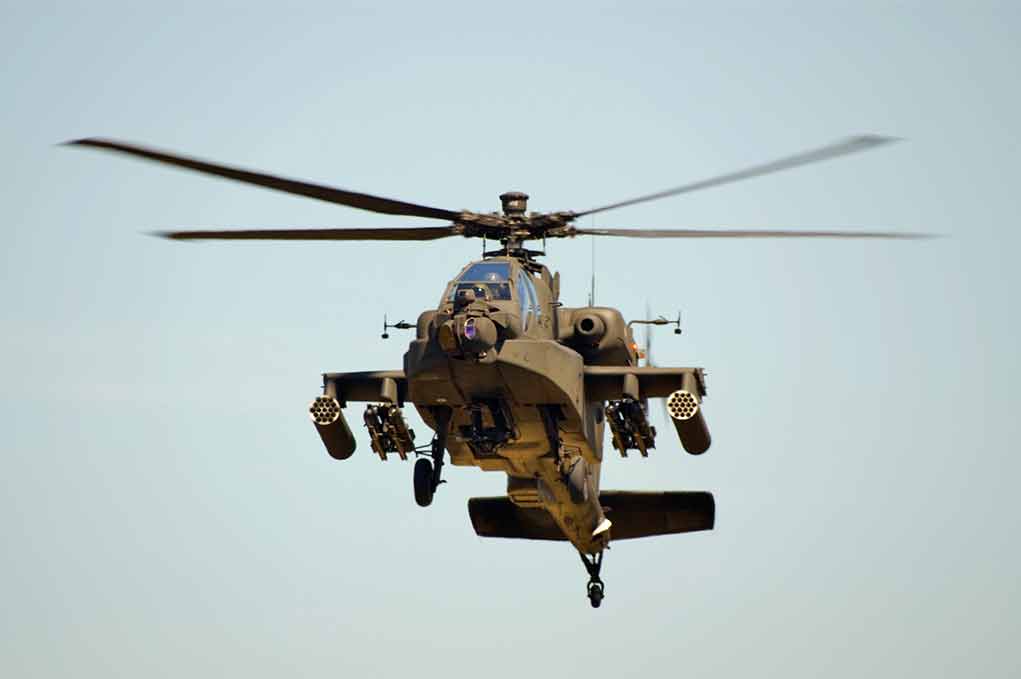
The pilot of a Black Hawk helicopter allegedly did not follow instructions right before before a tragic crash near Reagan National Airport.
Key Takeaways
- A mid-air collision between a US Army Black Hawk helicopter and an American Airlines jet resulted in 67 fatalities.
- The pilot, Capt. Rebecca Lobach, reportedly failed to execute a change of course as directed.
- An investigation is underway, focusing on communication issues and air traffic control procedures.
- Key systems like the Black Hawk’s tracking technology were turned off, in line with protocol.
- The crash has prompted national scrutiny and potential system overhauls within air traffic control.
Details of the Collision and Alleged Failure
A significant aviation disaster unfolded on January 29 near Reagan National Airport when a Black Hawk helicopter collided with an American Airlines jet. All 67 passengers on the plane, alongside the helicopter’s crew, tragically lost their lives. A recent report from The New York Times reveals Capt. Rebecca Lobach failed to follow a co-pilot, Chief Warrant Officer 2 Andrew Loyd Eaves’, course change instructions just seconds before the deadly crash.
The Black Hawk crew, engaged in a routine night mission, reportedly flew at an excessive altitude, after prior warnings regarding the proximity of the American Airlines jet. The collision sent both aircraft plummeting into the Potomac River. Communication lapses have become a focal point of ongoing investigations as multiple involved parties failed to catch critical air traffic control advisories.
According to NYT, experts also believe the controller failed to issue “clear, urgent instructions to the Black Hawk to avert the crash.”
Black Hawk Helicopter Pilot in D.C. Plane Crash Was Not in Medical Distress: Report https://t.co/dk6HEYNAuw
— People (@people) April 27, 2025
Other Protocol and Procedure Concerns
Army protocols reportedly dictated the deactivation of the helicopter’s tracking feature, creating additional vulnerability as the helicopter was scheduled for a practice mission. Secretary of Transportation Sean Duffy highlighted how costly such protocols can be due to inherent human error, vowing to strengthen air traffic systems. Lower-than-usual staffing levels may also have heightened risk factors during the event, where a single air traffic controller managed both aircraft leading up to the crash.
In detailing the incident and its findings, The New York Times reported, “There is no indication that [Capt. Rebecca Lobach] was suffering from health issues at the time or that a medical event affected her during those final moments aboard the Black Hawk, according to friends and people familiar with the crash investigation, which included autopsies and performance log reviews.”
Despite no health issues recorded for Capt. Lobach, her alleged failure to heed flight directives raises numerous concerns about in-flight decision-making. Defense Secretary Pete Hegseth also indicated at one point that the helicopter had night vision goggles, which may have impaired vision during the flight near the airport.
National Implications
The scale of this tragedy marks it as the deadliest US air disaster since 2001. Current investigations by the Federal Aviation Administration and the National Transportation Safety Board aim to shed light on procedural failures with results expected in 2026. Brig. Gen. Matthew Braman suggested that minor modifications along any step of the sequence might have averted the collision.
As part of targeted improvements, Secretary Duffy acknowledged plans to integrate new technology and artificial intelligence to pinpoint and address frequent aviation near-misses.
Sources
- Black Hawk Helicopter Pilot in D.C. Plane Crash Was Not in Medical Distress: Report
- Army Blackhawk pilot in DC crash failed to heed flight instructor’s command 15 seconds before deadly collision: report
- Black Hawk pilot failed to heed flight instructor in moments before plane collision over DC: report
- Army Pilot Reportedly Failed To Follow Instructions Before Mid-Air Crash Killed 67 Over DC
- 5 Takeaways From the Times’s Investigation Into the Jan. 29 Collision at National Airport
- Missteps, Equipment Problems and a Common but Risky Practice Led to a Fatal Crash












